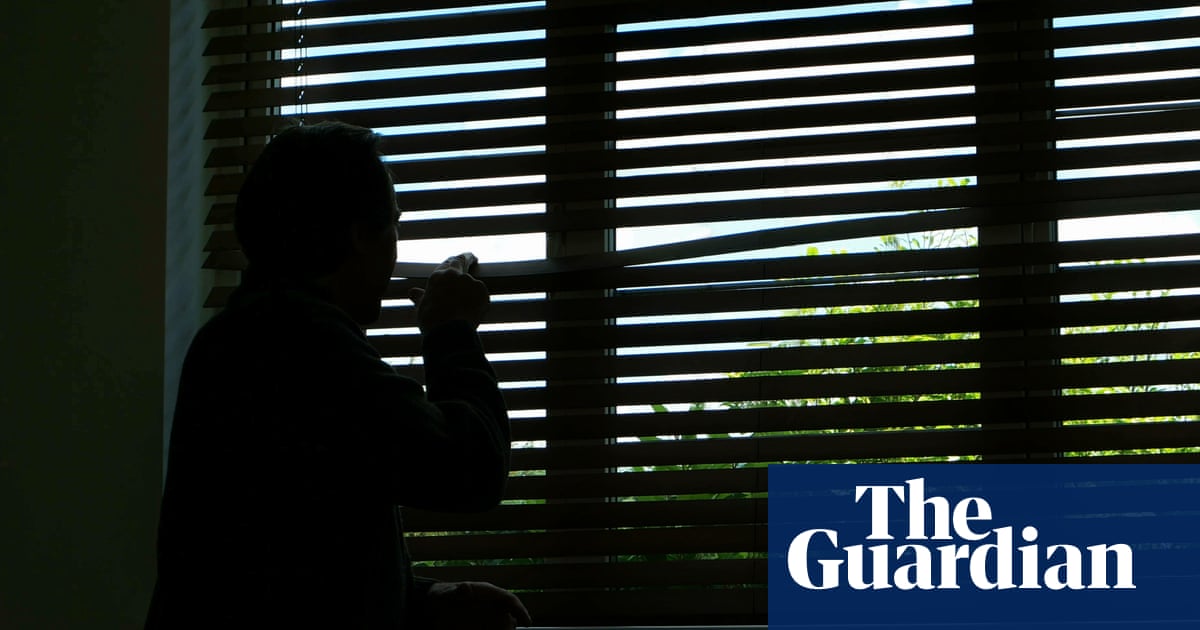
Igo detecting to get out and about. It’s lovely in our beautiful countryside with my friends Mick and Dave. I don’t care what the weather is like: I’ve detected in the snow, a blizzard, thunderstorm, heatwave.
I started detecting at 11, 42 years ago, on local beaches, and took it up seriously in 1990. Mick and Dave have 50 years’ detecting experience between them. I met Mick, a dairy herd manager, while camping at a metal detecting rally in Climping. We pitched our tents next to each other and really hit it off. We’ve since been best man at each other’s weddings. Dave and I met when we worked building catamarans. He’s a carpenter and I did the electrics. Now I own a computer shop in Essex.
In 2014, the three of us found a hoard of Roman vessels which was of national importance. We handed over the find to the Museum of Wiltshire. Mick also found the biggest bronze age hoard on Jersey when he lived there. Then again, sometimes we go for hours without finding anything. Some weekends we are lucky to come home with a single pre-decimal coin; other times we might find a few medieval silver coins or some Roman artefacts.
In September 2020, Dave, Mick and I went on a camping detecting weekend in Pewsey. We had been searching the area for about 10 years.
It was a Saturday morning. I’d finished breakfast first – Mick made me a bacon, egg and sausage sandwich – and walked six or so paces away from the table. My friends were still eating. I got a signal and dug down, to find the first coin two inches under the surface – it was a silver Roman siliqua coin which I knew straight away was about 1,600 years old. (I love history – my friends call me “the oracle”.)
It was in such good condition that Mick, in his broad Lancashire accent, said, “That’s from a hoard” as he always does when something like that comes out. I told him jokingly that I was going to find the rest, and went back over. I didn’t actually think I’d find another one, but then I got a second signal a couple of inches away, and I found another coin. I’ve never seen Mick and Dave finish their breakfast so quickly.
Within half an hour we had found around 15 to 18 coins between us. We realised we’d found something special when we saw the silver miliarense coins, as miliarense, which date from 310 – about AD717 – generally come out only in hoards. We found the bulk of the coins later that evening – our coins actually dated from AD340 to AD402. As we were digging until quite late, we drove down the road for a takeaway to celebrate. I posted a few pictures on social media and my friends, especially the detectorists, were excited to see them, and the family were happy.
We found 161 coins over the weekend. It’s a detector’s dream to find a hoard, which is usually protected inside a pot or a box. I think our find had been dispersed by agricultural machinery in the past few years. I was gobsmacked when 142 of the coins made £81,160 – double the estimate – at Noonans’ auction last month. The farmer will get half and our share is about £13,000 each. The British Museum wants two coins, and we’ll keep a couple for ourselves.
I hadn’t really thought our find would do so well. I’ll spend my share on a digital camera to take more pictures from the field when we find our next treasure, and will also take my son, Harvey, on holiday in Cornwall for two weeks this year. We won’t be detecting there, as a lot of the beaches are privately owned by the Duchy, and I don’t have permission from any Cornish farmers. Harvey’s been out detecting about a dozen times, and he was delighted with his first find, during the Easter holidays: a silver King George III sixpence.
This experience has overwhelmed me: I’ve had some nice finds before but the media coverage this hoard generated surprised me. I’m quite a shy, quiet person, not used to public speaking, so doing radio shows brought out my nerves, but I think I pulled them off OK. I go detecting every other weekend if I can, only during certain times of the year such as harvest time to suit the farmers. But I don’t go out as much as I’d like to. We’ll be going back when the crop rotation is right.
As told to Anna Derrig












